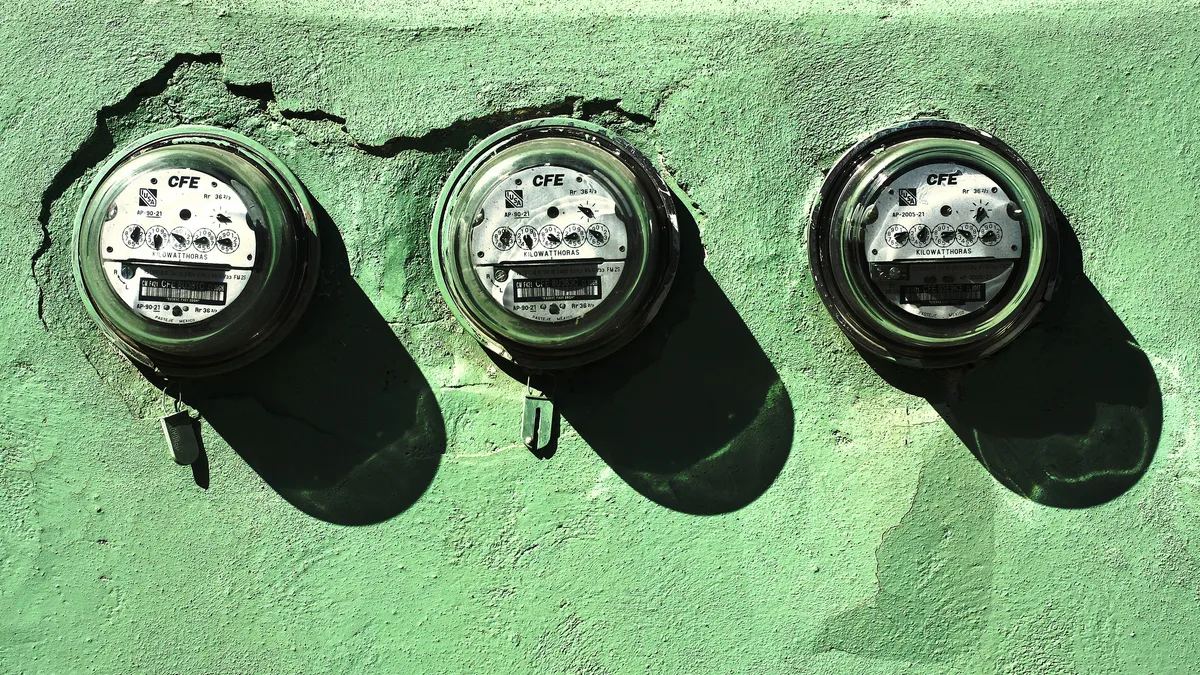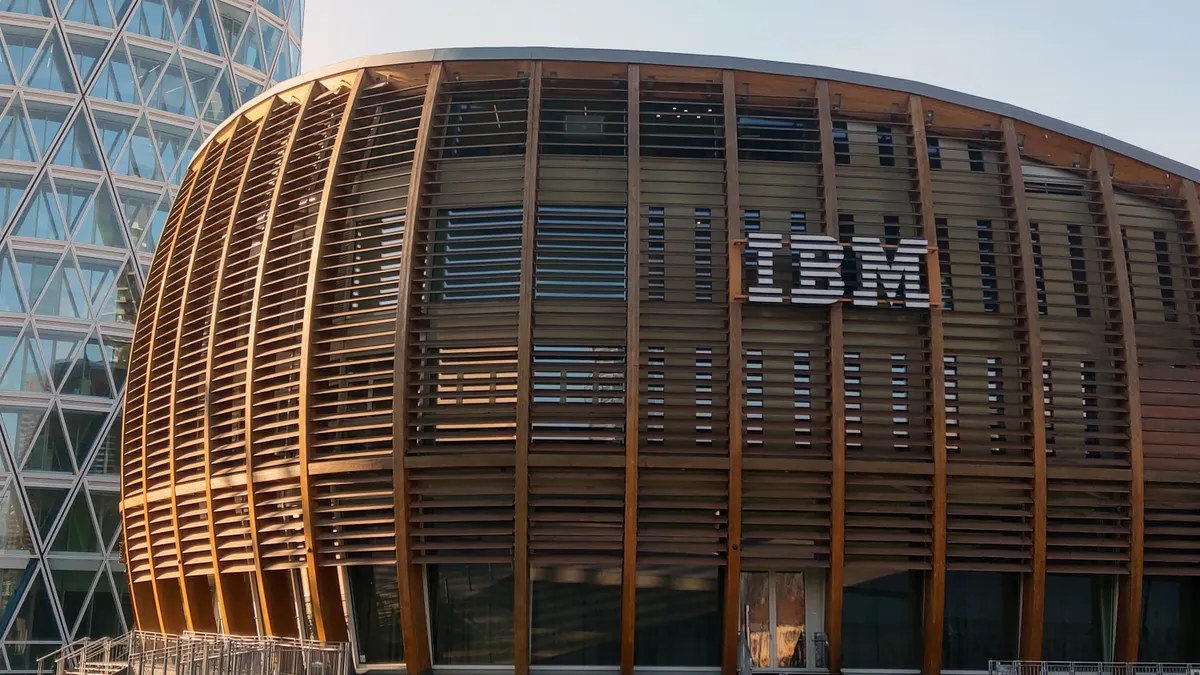The 2000s were a boom time for data centers, as computing and data storage needs mushroomed and companies turned to offsite data centers with aisle upon aisle of server-filled racks.
Providers were focused on meeting customer demands, but not necessarily in an efficient way. That is, until the tech industry received a shockingly high energy bill, in the form of a Department of Energy Report to Congress published in 2008.
The study found that in 2006, data centers consumed 61 billion kilowatt-hours (kWh), making up about 1.5% of U.S. electricity consumption and $4.5 billion in electricity costs. If trends continued, the report warned, servers and data centers would consume 100 billion kWh by 2013.
"That was a wake-up call," said Bill Carter, CTO of the Open Compute Project Foundation (OCPF), a nonprofit founded in 2011, by Facebook, Intel, and Rackspace. The foundation, sometimes referred to as simply the Open Compute Project (OCP), encourages the development of open source hardware, with a focus on improving its energy efficiency and supporting innovation in data center hardware.
The IT industry did, in fact, wake up to the financial and environmental toll inefficient data centers were taking. Last summer, a follow-up study to the 2008 report found that energy consumption has slowed considerably. Between 2010 to 2014, consumption increased by about 4%, compared to the 90% increase from 2000 to 2005.
There is useful context here: the recession put a temporary damper on data center growth, and server virtualization reduced the number of servers the centers operated. Still, there has been marked progress in addressing not only how much energy data centers consume, but also how and where that energy is sourced.
Turning down the temperature
The OCPF has more than 200 member companies, including Google and Microsoft, which late last year launched Project Olympus to design cloud hardware in collaboration with the foundation.
The OCPF wants to commoditize data center hardware by encouraging manufacturers to share intellectual property and follow open standards. So far, ten hardware vendors, including Hewlett Packard Enterprise, Dell EMC and Lenovo, sell products that are based on Open Compute Project (OCP) designs.
Carter explained that founding OCPF member Intel made strides by focusing on server utilization and power. "Intel figured out how to power [its processors] on or off in microseconds," he said, "so if a CPU wasn't in use, it went from 130 Watts to sub-ten Watts in microseconds."
With servers becoming significantly more efficient, he says, OCPF members are turning their focus to more energy-efficient networking and storage hardware.
But the manner in which data centers manage their facilities can either amplify or dilute those hardware efficiency gains, and this plays a big role in determining an important metric: Power usage effectiveness (PUE).
In a PUE, the data center's overall power consumption (including heating, cooling, and lighting) is the numerator, while the power used to operate the IT equipment is the denominator.
In a data center with PUE of 2, therefore, half of the energy consumption is used just to power the equipment. An ideal PUE is 1, and a number of data centers have gotten very close to that, including Facebook data centers in Prineville, Oregon, (PUE of 1.078) and Forest City, North Carolina, (PUE of 1.082).
A PUE alone does not tell the whole story, however, because data centers located in cold climates will be able to lower that ratio by using outside air to cool server racks, so apples to apples comparisons are hard to make across geographies.
The use of outside air to cool data centers scores points both in terms of cost and energy savings, but data centers are starting to think differently about the heat that IT equipment inevitably produces. In European cities that utilize centralized heating, data center operators are starting to capture this heat and used it to heat other buildings, botanical gardens or even swimming pools.
Locating data centers near large bodies of water opens up new cooling options for using water to absorb the heat produced by servers and other equipment, and Microsoft is designing submersible data centers through Project Natick.
Late last year Microsoft filed a patent that signals it might even take this concept further by building underwater data centers that could double as habitat for sea life.
Sourcing clean electrons
A data center's efficiency is only part of its environmental story, however. "We've seen continued improvement in energy efficiency, but more companies are recognizing that it's not enough — you also have to look at where energy is coming from," said Gary Cook, senior IT analyst for Greenpeace USA.
Since 2011, the environmental organization has been rating environmental progress — or lack thereof — in the IT industry by focusing on data center efficiency and energy sourcing trends. The latest such report, released in January, gave gold stars to Apple, Google and Facebook for their progress toward meeting respective goals to power data centers only with renewable energy.
The report found 20 firms that have made this commitment, includes colocation providers such as Equinix and Switch. Greenpeace also lauded Equinix for joining with other data center operators with facilities in Virginia to petition the state's government to support more renewables. Switch is one of the best-rated companies in the report both because of its technology innovations and its political advocacy for renewable energy.
The Clean Power Plan, former President Barack Obama's policy designed to reduce carbon emissions from the power sector, would have spurred investments in renewable energy and likely ease the way for data center operators to meet clean energy goals.
In March, Amazon, Apple, Google, and Microsoft issued a joint statement in support of the Clean Power Plan, just after President Donald Trump signed an executive order to review the Clean Power Plan, a first step in rolling back the Obama-era climate rules. Committed to their goals to use renewable energy, the companies said "our firsthand experience developing and using renewable energy tells us that it is affordable, reliable, and consistent with sound financial practices."
Cook said that Trump's move does add some uncertainty for data center decision-makers and could complicate their efforts to source renewable energy by removing one incentive for utilities to invest in them.
But, he added, costs for renewable energy continue to fall while the demand for renewable energy from corporations is still robust, so there are positive market indicators.
Looking beyond hyperscale, and U.S. borders
Those who operate the largest data centers, or hyperscale operators, have led technology innovations thus far and have been most active in collaborating and sharing IP into the OCP, according to Carter. But now, the foundation is working to "enable second-tier data center operators, regional operators and colocation operators to benefit from the work we're doing."
The foundation is doing so by making OCP-design IT equipment available for any data center regardless of its size or scale, and sharing best practices and deployment strategies with all members.
Empowering smaller data centers to become as efficient as the industry giants is important, but the Greenpeace report signals that more attention should be paid to large data centers abroad, particularly in East Asia, where coal and other fossil fuels power most utilities.
As the global population marches toward 10 billion by mid-century, and with more individuals acquiring digital tools that rely on data centers and cloud services, stemming IT's energy consumption around the world will become even more vital.



















